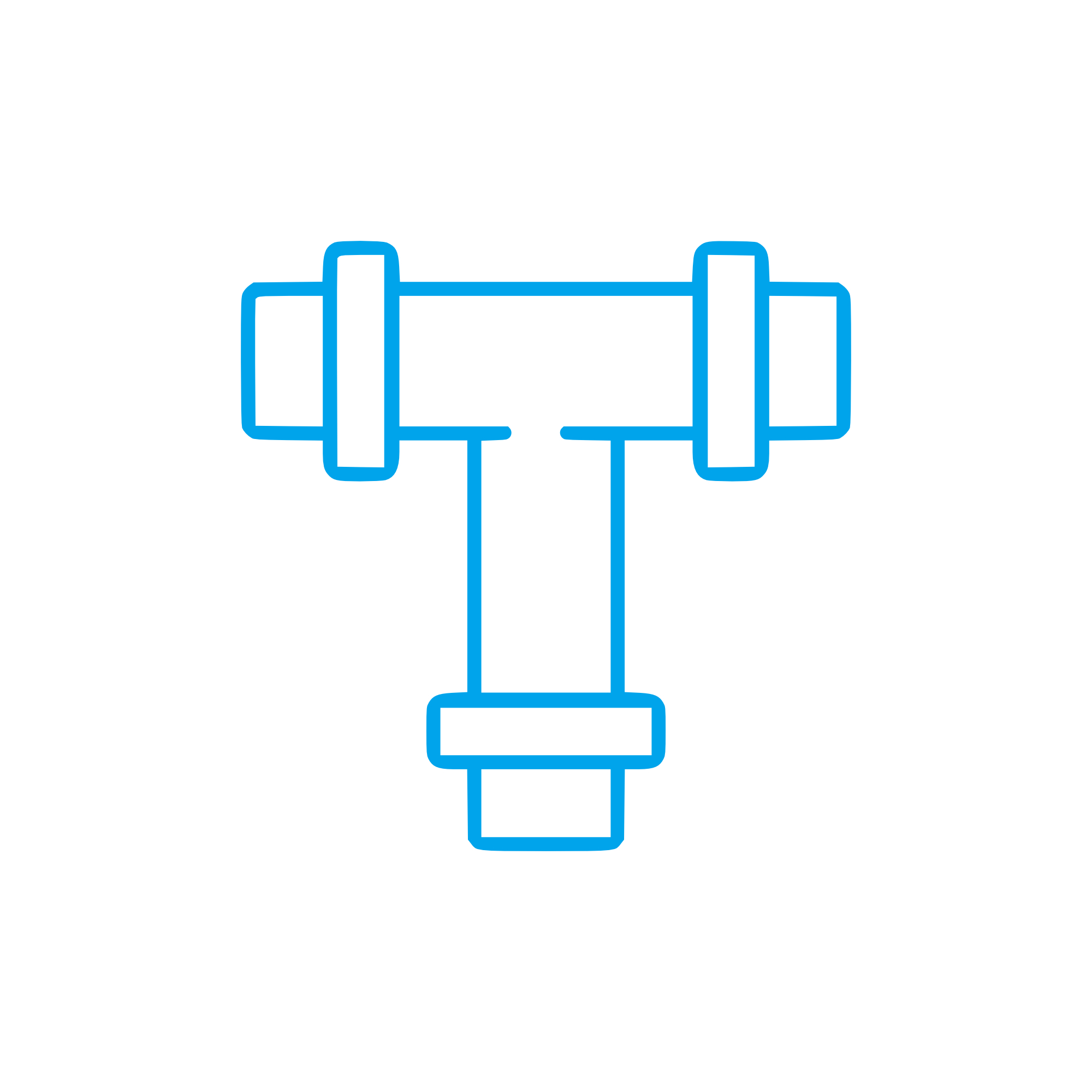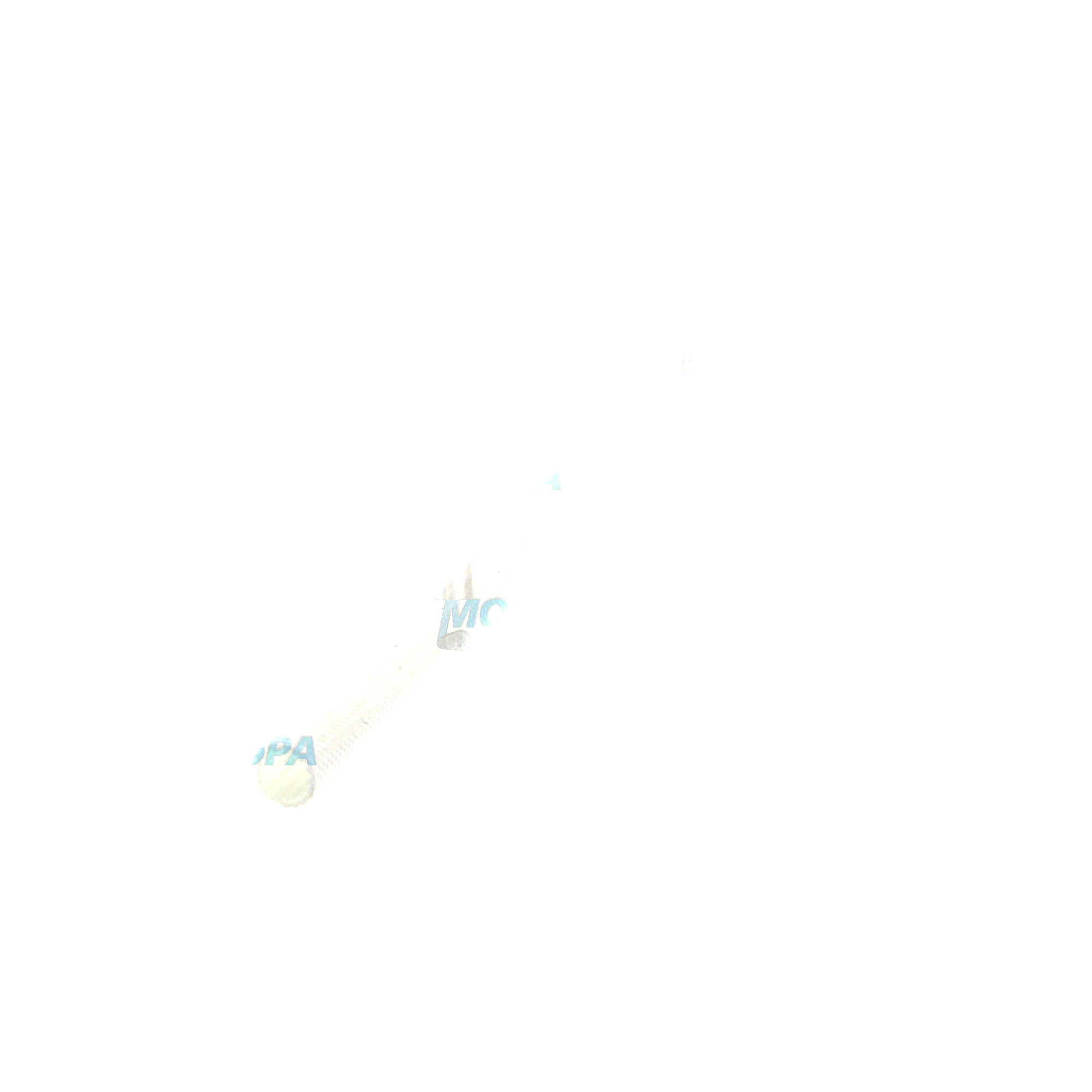INSULATING TUBE for lines and pipes in marine and diesel engines
Lines and pipes form the critical network that transports fuel, lubricating oil, coolant, charge air, hydraulic fluids, and exhaust gases through an engine system. In large marine engine and power plant applications, these rigid and flexible conduits ensure that every medium arrives at the right component, at the correct pressure and temperature, and in a condition that supports reliable combustion and mechanical efficiency. Within this category, protective components such as an INSULATING TUBE are equally important: they shield lines and pipes from radiant heat, reduce temperature losses, and improve safety by preventing burns and mitigating the risk of heat-induced failures.
Whether on a main propulsion diesel engine, an auxiliary generator, or a gas engine driving compressors, properly engineered lines and pipes govern engine stability, performance, and environmental compliance. Their routing, materials, wall thickness, end connections, and thermal protection define how well an engine copes with vibration, salt-laden atmospheres, high temperatures, and continuous operation at varying loads.
Technical function of lines and pipes with INSULATING TUBE in engine systems
The primary task of lines and pipes is controlled transport. High-pressure fuel lines feed injectors with precisely metered volumes; lube oil galleries maintain hydrodynamic films in bearings; coolant pipes transfer heat away from cylinder heads; air and exhaust ducting manage charge and flow to and from turbochargers. Each circuit must maintain defined pressure, flow rate, and cleanliness. The design considers pressure drop, flow regime, resonance, and allowable stress under thermal expansion and vibration.
Thermal protection is a decisive factor, especially near turbochargers, exhaust manifolds, and engine blocks. An INSULATING TUBE marine engine application reduces radiant heat pick-up in fuel or lube lines, stabilizing fluid viscosity and preventing vapor lock. On a diesel engine, insulating sleeves can keep diesel fuel cooler en route to the injection pump, improving density control and combustion stability at high ambient temperatures. For measurement and sensor lines, insulation lowers the risk of thermal drift and protects cable harnesses that run parallel to hot pipes. In addition, when specified as INSULATING TUBE OEM parts, the sleeves and clips integrate cleanly with brackets and clamps, preserving minimum bend radii and avoiding abrasion at contact points.
- · Precise routing for fuel, oil, coolant, air, and exhaust.
- · High fatigue strength via seamless steel, stainless, or CuNi materials.
- · Robust end connections: DIN 2353, SAE JIC 37°, NPT, flanged.
- · Controlled pressure drop through optimized diameters and bends.
- · Corrosion resistance with suitable alloys and protective coatings.
- · Thermal protection using INSULATING TUBE in hot zones.
- · Cleanliness levels aligned with modern injection and hydraulic systems.
From a safety perspective, insulation on fuel and lube lines limits the chance that accidental fluid mist encounters an ignition source. For operators, insulated pipes reduce the risk of contact burns and create more stable environmental conditions inside engine rooms.
Why lines and pipes are vital for reliability and service life
When lines and pipes are specified and maintained correctly, they preserve flow stability and protect rotating and reciprocating components from wear. Conversely, poor condition or incorrect parts can trigger cascading issues: micro-leaks introduce air into fuel systems, leading to misfires and injector damage; insufficient wall thickness or poor alloy selection accelerates corrosion and fatigue cracking; inadequate support or wrong bend radii increase vibration amplitudes, causing fretting at clamps and eventual rupture. Thermal exposure without an INSULATING TUBE diesel engine protection can drive fuel temperature above design limits, promoting cavitation in pumps and varnish formation in lube circuits.
Common failure modes include pitting in seawater-exposed sections, erosion at elbows with high velocity, gasket or flare-seat damage from misaligned fittings, and coking inside oil lines that run too hot. Each of these faults can escalate into unplanned downtime, environmental incidents, or classification non-compliance—outcomes that are far costlier than proactive replacement with correctly engineered components.
Typical wear and fault patterns in lines and pipes
Operators and superintendents should track clamp integrity, chafe marks, discoloration from overheating, and deposits indicating slow leaks. Periodic borescope checks in critical runs, cleanliness verification for injection circuits, and inspection of INSULATING TUBE surfaces near turbochargers are practical measures to extend service intervals and preserve engine performance.
Advantages of OEM spare parts suitable for lines and pipes
Using OEM spare parts suitable for lines and pipes ensures that tube diameters, wall thicknesses, metallurgy, and connection geometries match the engine builder’s specifications. This precision directly affects performance and safety. Clean-room manufacturing for high-pressure fuel lines, controlled pickling and passivation for stainless assemblies, and exact flare angles secure leak-free operation at rated pressures. When combined with INSULATING TUBE OEM parts, the assembly maintains thermal limits without improvisation, avoiding hot spots and preserving component life in adjacent systems.
From a cost perspective, the right OEM spare parts reduce installation time and rework, minimize the need for adapters, and help maintain predictable pressure drops and sensor readings. They also support documentation and traceability practices that many shipowners and power plant operators require for audits and class surveys.
- · Fit-for-purpose geometry and pressure rating.
- · Verified materials and surface treatments for corrosion resistance.
- · Consistent cleanliness for sensitive fuel and hydraulic circuits.
- · Seamless integration with brackets, clamps, and INSULATING TUBE sleeves.
- · Lower lifecycle costs through longer service intervals.
- · Reduced downtime thanks to predictable installation and performance.
MOPA: your partner for OEM parts for lines and pipes
MOPA supplies OEM spare parts for lines and pipes with a focus on speed, quality, and transaction security. For diesel and gas engines in marine and power applications, MOPA provides accurately specified tube assemblies, flexible hoses, fittings, and INSULATING TUBE solutions that align with engine-builder standards. Fast response times, transparent documentation, and reliable logistics help keep vessels and plants on schedule. With deep product knowledge and a vetted supplier network, MOPA supports purchasers and technical teams from identification through delivery, reducing risk across the supply chain.
Conclusion: lines and pipes with INSULATING TUBE for dependable engines
Lines and pipes are foundational to engine performance and safety, and thermal protection with an INSULATING TUBE strengthens both. Selecting OEM spare parts suitable for lines and pipes preserves system integrity, extends service life, and delivers predictable operation across marine and power applications.





